
From Waste to Resource: Rethinking Plastic in the Garden
It's hard to imagine our everyday lives without plastic - unfortunately, our gardens are no exception. Whether as mulch film in the vegetable patch, potting material or in store-bought compost, plastics find their way into the soil in many ways. But what does this mean for the environment, soil quality - and for ourselves?
In this article, we shed light on the consequences of plastic in the garden, highlight alternatives and give practical tips on how you can reuse existing plastic responsibly and creatively. Because not everything has to be thrown away immediately - but everything needs to be handled consciously.
This Article Contains:
- We Have a Problem With Plastic Waste!
- Plastic in Our Soils: Plastic in the Cycle of Life
- So Why Is Plastic Used in Agriculture?
- Plastic in the Garden? Only With Responsibility!
- Between Ideal and Reality: What to Do With All the Plastic?
- DIY & Upcycling Instead of a Throwaway Mentality
- Frequently Asked Questions About Plastic in the Garden
Quick Overview
Why Is Plastic a Problem in the Garden?
- Plastic is not biodegradable and ends up as microplastics in soil and food chains.
- Thousands of tons of waste are produced every year, with consequences for soil life and the environment.
What Can We Do?
- Don't buy new plastic if it can be avoided.
- Use existing plastic several times, e.g. through upcycling
- Dispose of responsibly: plastic does not belong permanently in the flower bed
Upcycling Ideas for the Garden
- Growing trays and flower pots made from old bottles
- Snail collars made from yogurt buckets
- Plant tags made from packaging

Image by Pete Linforth on Pixabay.
We Have a Problem With Plastic Waste!

Image by Pete Linforth on Pixabay.
It's no secret that we have a major problem with plastic worldwide. In fact, Germany is one of the countries that consumes and produces the most plastic. No other European country produces as much plastic as Germany (Greenpeace, 2025).
The Problem in Facts & Figures
To illustrate the extent of the problem, here are a few facts and figures: Global plastic production causes immense emissions and accounted for around 5% of total greenhouse gas emissions in 2023(Wildplastic, 2022). The trend is that more and more plastic is being produced despite this. This trend can be explained by the fact that the USA has increased its production of cheap fracking gas (Heinrich Böll Foundation, 2014). The plastics industry is happy about this - it is a grateful customer. However, this has major consequences for the environment and the climate.
In addition to the extremely high greenhouse gas emissions, there is also the problem of waste disposal, which is still unresolved and creates huge mountains of waste. A large proportion of German waste ends up in incineration and only around 40% is actually recycled. In addition, plastic also has health consequences for us humans, as more than a quarter of the chemicals used are considered hazardous or carcinogenic (Greenpeace, 2025). There is also a lack of research and empirical data, including with regard to microplastics.

Image by Chaiyan Anuwatmongkolchai on Pixabay
We Must Act!

Image by Chaiyan Anuwatmongkolchai on Pixabay
It's pretty clear that we need to act. We need to fundamentally change the way we deal with plastic: away from waste products, towards circular production processes. Plastic is a prime example of linear value creation - and of the immense consequences it has had in a short space of time. It is likely that many generations to come will have to struggle with this problem and its effects.
Plastic in Our Soils: Plastic in the Cycle of Life
In Germany, more than 13,000 tons of plastic are introduced into the soil through agriculture alone. There have been various attempts to measure the plastic load in the soil. Studies have produced worrying results: Concentrations of up to 50,000 plastic particles per kilogram of soil as well as levels of up to ten milligrams per kilogram of soil.
It is important to note here that there is still no standardized method for determining plastic in soil. Therefore, these two studies cannot be compared with each other. However, they clearly show that there is pollution (NABU, 2025).
How Plastic Destroys Life in the Soil
Soil quality suffers greatly from these plastic inputs: the soil structure deteriorates and soil life is damaged. Although there is still a need for research in this area, some studies are already giving cause for concern. Studies have shown that microplastics in particular have a negative impact on flora and fauna. The plastic particles reduce the activity and health of soil life and even impair its reproduction. The tiny particles can easily get inside plants and soil organisms. This means they are already an integral part of the soil and nutrient cycle (NABU, 2025).

Plastic in agriculture
So Why Is Plastic Used in Agriculture?

Plastic in agriculture
Given all these facts, it seems almost absurd that plastic film continues to be used in agriculture. There is a reason for this, because plastic has several advantages for industrial cultivation that can reduce labor and costs. It is a durable and practical material that has its advantages during use. However, the disadvantages inevitably arise directly during production and the resulting waste or the decomposition of plastic into microplastics in the soil. Let's take a closer look at the advantages of plastic to better understand this. There are many different ways in which plastic is used in agriculture. Here, however, we would like to limit ourselves to the benefits of plastic directly in the field. Why do farmers use plastic film so often?
Advantages of Using Plastic Film
- Plastic sheeting is often spread between crops to reduce weeds and keep the soil moist at the same time. This reduces water consumption and saves overall production costs. A seemingly simple solution, but it is crucial to replace the plastic film in good time and dispose of it properly. Nevertheless, this creates a lot of waste and plastic residues often end up in the ground. Biodegradable films are now also available. However, these are still too expensive to be used on a large scale and in industrial agriculture.
- Plastic films are also used to influence the soil temperature. For heat-loving plants such as watermelons, for example, black plastic film is often used to heat up the soil, promote growth and increase yields.
- Plastic film is also often used for hygienic reasons. In strawberry cultivation, for example, it is used to keep the fruit away from the soil and thus reduce rotting. Alternatively, straw could also be used - but this requires more work as it has to be replaced regularly. Plastic film also often offers an advantage for mechanical harvesting.

Don’t Waste Precious Space in Your Vegetable Garden!
With our bed planner, it’s easy to design a beautiful and productive companion planting layout. You’ll see which plants grow well together — and which don’t — along with tips for crop rotation and succession planting!
Plan Your Bed Now
Do not use plastic film as a cover.
Plastic in the Garden? Only With Responsibility!

Do not use plastic film as a cover.
Of course, these figures from agriculture cannot be directly compared with private gardens. Nevertheless, it is important to be aware of the impact - even purchased compost or soil is often contaminated with plastic. At the same time, plastic is a resource that is available in abundance. That's why we want to find out whether and where it can be useful to use plastic in the garden. In this way, you can recycle waste and reuse materials, but responsible use is essential! Simply covering a bed with plastic sheeting so that you have peace and quiet is definitely not one of the areas where we would recommend using plastic in the garden!
Between Ideal and Reality: What to Do With All the Plastic?
Of course, gardening without plastic is the most environmentally friendly and plastic doesn't really fit in with the idea of a circular economy in natural gardening. However, plastic waste is produced in almost every household. Upcycling and reuse help to keep this plastic in the 'cycle' for longer. Although this doesn't solve the problem of disposal or pollutants entering the soil, it is a step in the right direction.
We would never say that it makes sense to use new plastic for your garden. No, it is not! Our sole purpose in this article is to show you: This resource is there. And we need to work together to find the most responsible way of using it. If I could choose, I would definitely recommend a plastic-free garden. But the problem won't go away just because we declare plastic to be the enemy. Because the real problem is not the plastic, but the way we humans use and deal with it.
However, there is hope for the future, as research is being carried out into biodegradable alternatives. There are already a few bioplastics that are biodegradable and will enable genuine circular solutions in the future. Unfortunately, they are still too expensive for large-scale use.

Upcycling in the garden
DIY & Upcycling Instead of a Throwaway Mentality

Upcycling in the garden
Plastic is not biodegradable. This is also the reason why plastic cannot be embedded in cycles. At the end of its use, waste always remains. What we can do to combat this problem in the short term are two things: Firstly, if possible, don't buy new plastic if it can be avoided. Secondly, use existing plastic for as long as possible. Reuse plastic several times: You can upcycle it and make something completely new out of it. However, it is important to note that decomposed plastic is very harmful to the environment (keyword: microplastics). No matter how you reuse plastic, it is important that it is disposed of properly after use. It must not be left in the garden, where it will only decompose in an uncontrolled manner.

Turning old into new!
Ideas & Inspiration

Turning old into new!
Upcycling in the garden can be simple, useful and sensible. You can turn old plastic bottles or packaging into seed trays or flower pots in no time at all - perfect for growing plants in spring. If you have empty yogurt pots to spare, you can also use them to make a snail collar. Simply cut off the bottom and voilà, the snail collar is ready. You can also cut out plant tags from old bottles or packaging - waterproof, sturdy and durable.

Kreative Upcyclingidee
Get Creative!

Kreative Upcyclingidee
You can let your creativity run wild! As in the picture here, you can also make hanging flower pots from old bottles for vertical gardening. The only important thing is that you only use intact plastic! Brittle or old, already decomposed plastic does not belong in the flower bed. It can only decompose quickly and then end up in the soil as microplastic. If you pay attention to this and dispose of everything carefully at the end, you can give plastic a useful second or third purpose in the garden.
If you have any questions or comments, please write to us at [email protected]. Would you like to receive helpful gardening tips all year round and plan your own beds optimally? Then register here or download the Fryd app for Android or iOS.
Fryd - your digital bed planner
Sources:
- Greenpeace, 2025: Plastic consumption is making us and our planet sick; accessed online on 03.09.25 at https://www.greenpeace.de/engagieren/nachhaltiger-leben/klimakiller-kunststoff
- NABU, 2025: Plastic in soils; accessed online on 03.09.25 at https://www.nabu.de/umwelt-und-ressourcen/ressourcenschonung/kunststoffe-und-bioplastik/30003.html
- Wildplastic, 2022: Is plastic bad for the climate?; accessed online on 02.09.2025 at https://wildplastic.com/blogs/stories/ist-plastik-schlecht-fur-das-klima

Marie
Marie is an agronomist. She is particularly interested in the sustainable and organic cultivation of vegetables and other plants. In her own garden, she gained experience and likes to try things out to learn from nature. She is particularly interested in the values and principles of permaculture, in order to contribute not only to the well-being of nature, but also to the well-being of people and future generations.
Learn MoreCurrent Topics in the Community
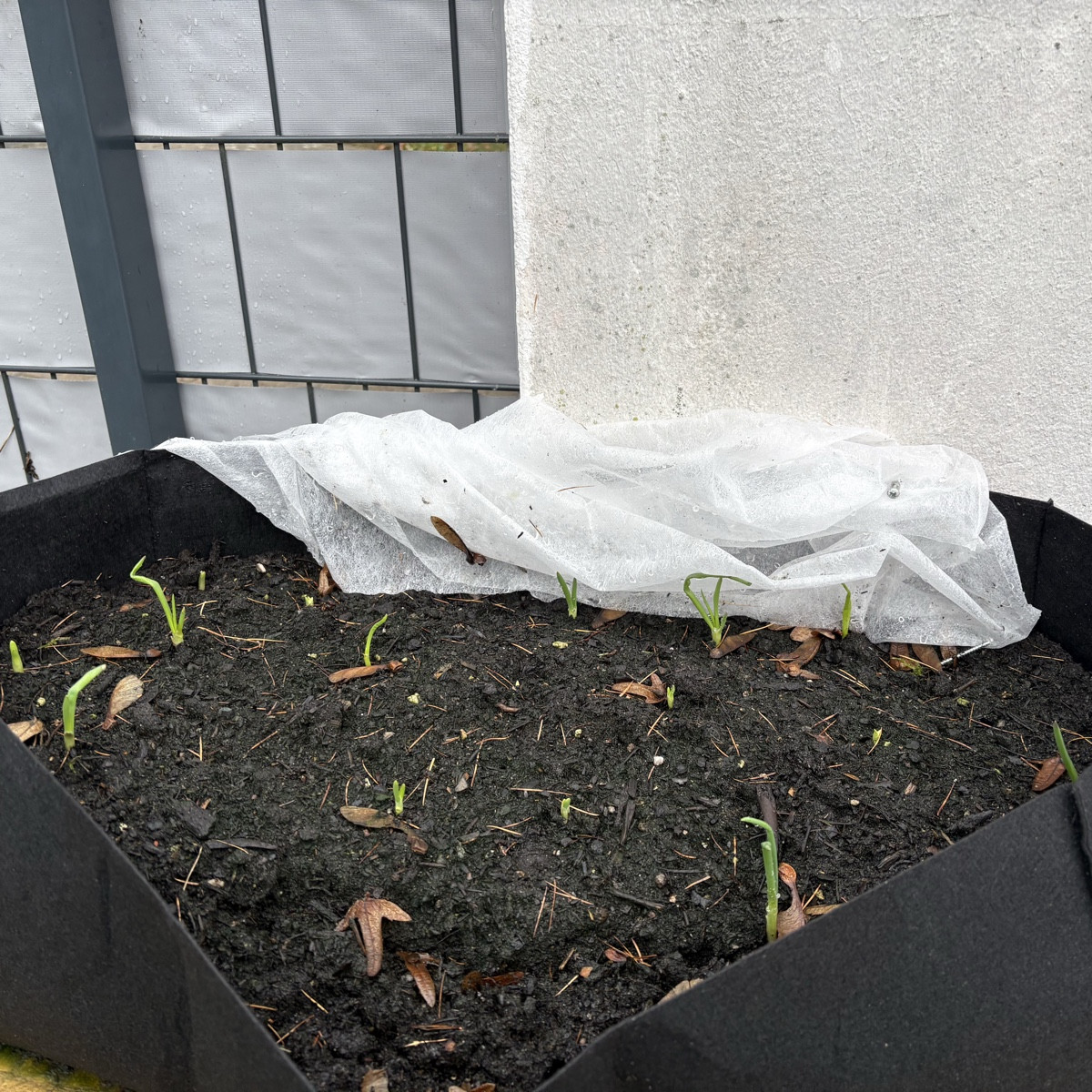
Liked 2 times
My winter onions are also growing quite well. They are of the Red Cross variety. I planted them on 28.10 in a felt pot 60x30x20 cm
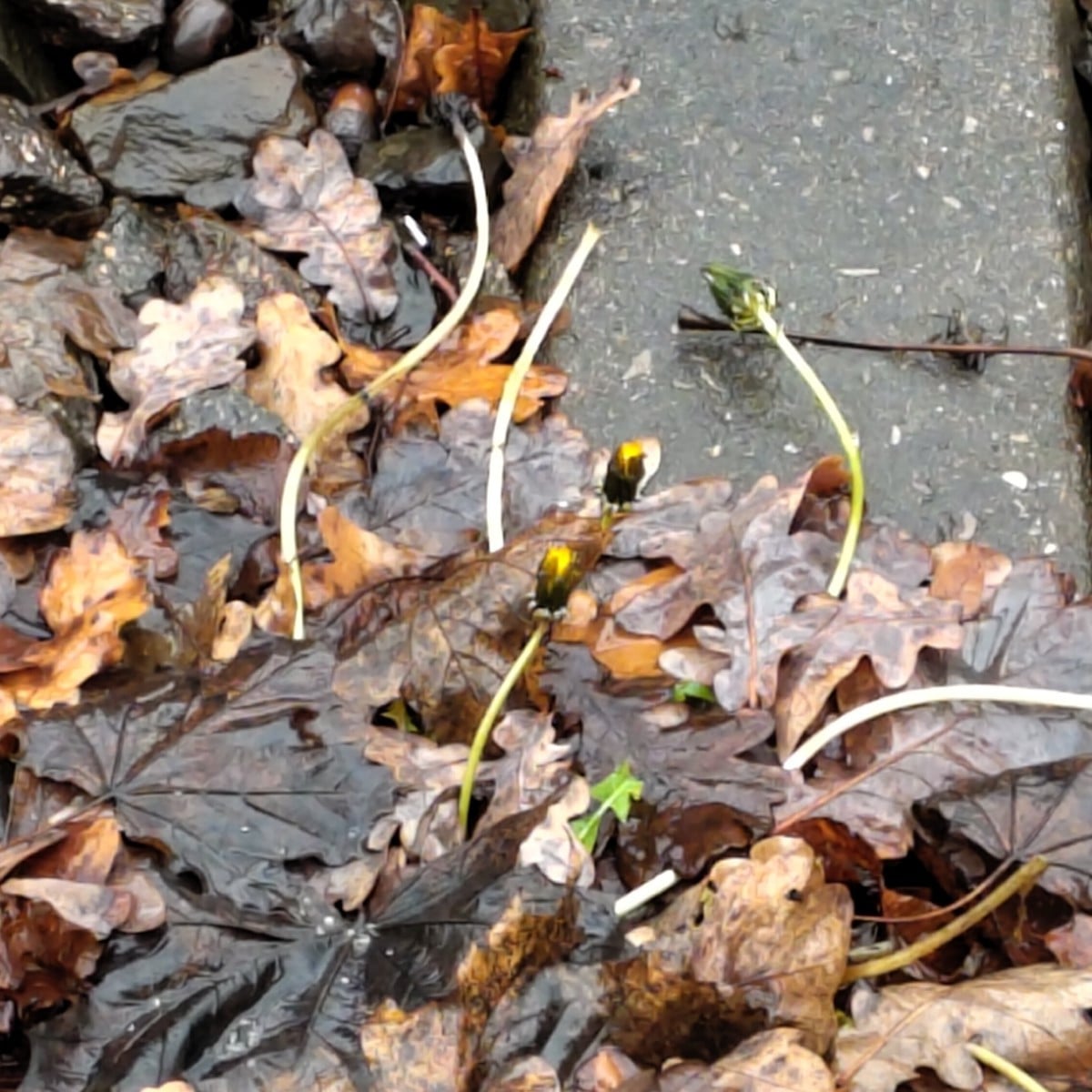
Liked 7 times
Another post from the curiosities section: I noticed this dandelion at the streetcar stop in a 'wintry' 13°C weather. It obviously thinks that snow and double-digit frost were enough winter and is now pushing new flowers through the foliage. It's a shame it's by the tracks, otherwise it would probably have ended up in my salad. 😋
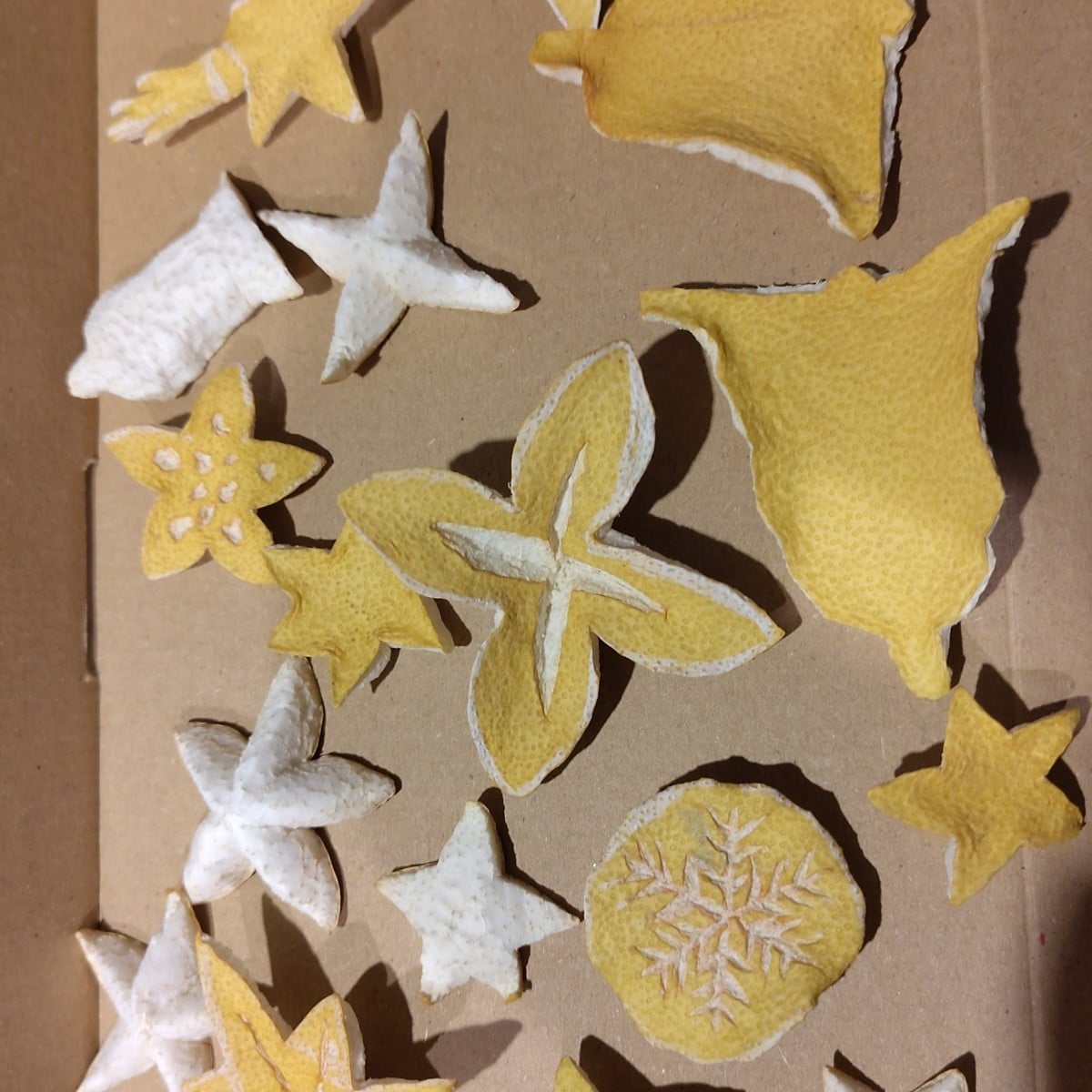
Liked 17 times
As a suggestion for those who eat citrus fruits and have some time in the evening: simply cut a few simple shapes out of them with a sharp knife and dry them on the heater. The next day it was bone dry in our house ;)
Show 3 answersPopular Articles
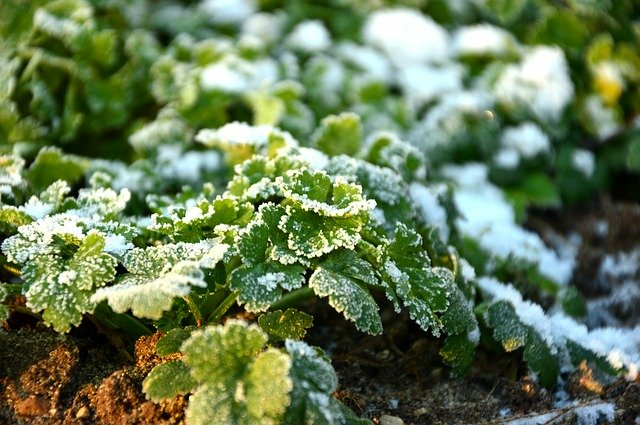
Overwintering Parsley: How to Do It Successfully
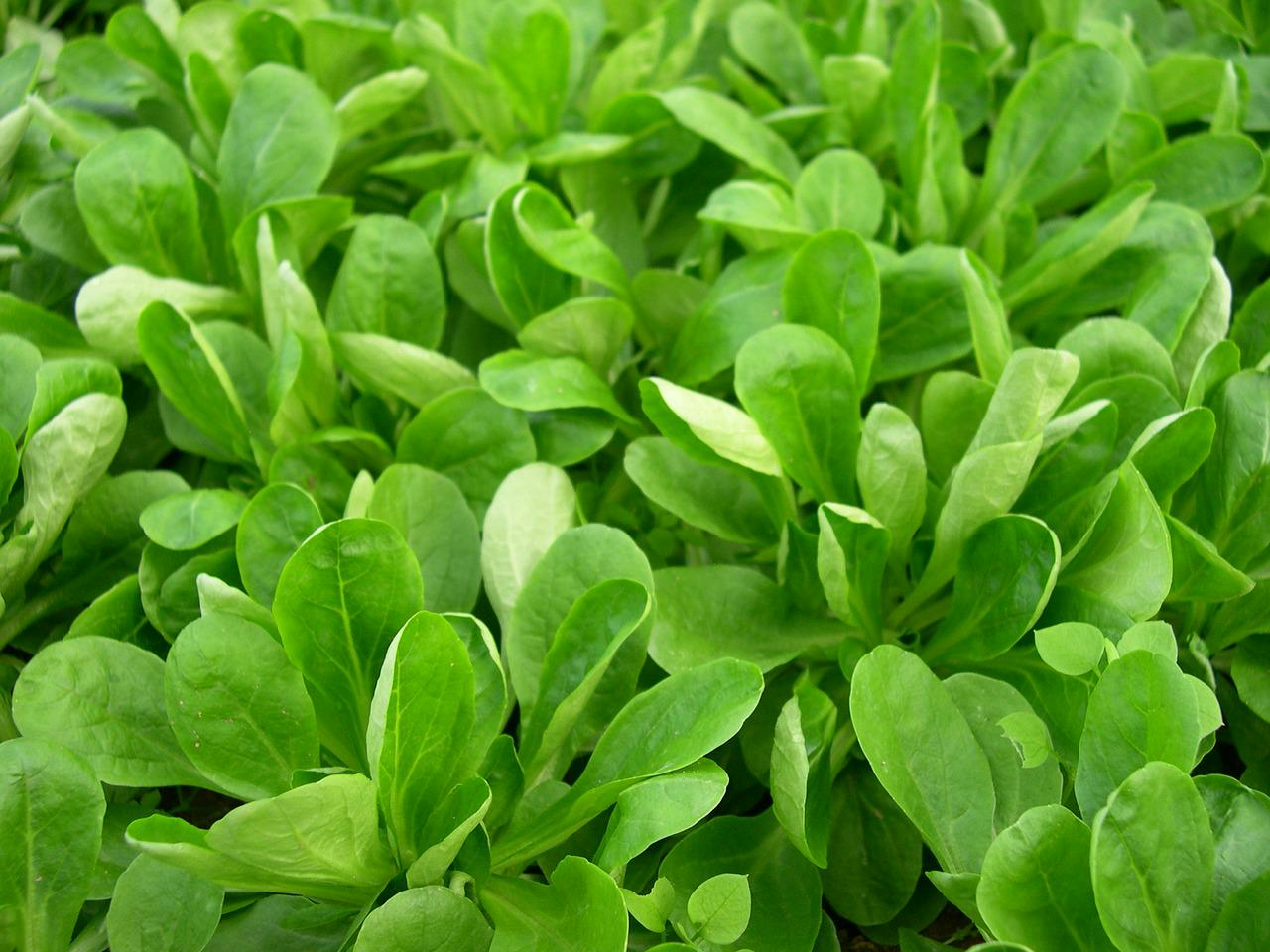
How to Grow Lettuce in Winter: Varieties, Sowing, Harvesting

Growing Sage Plant: Tips for Sowing and Harvesting
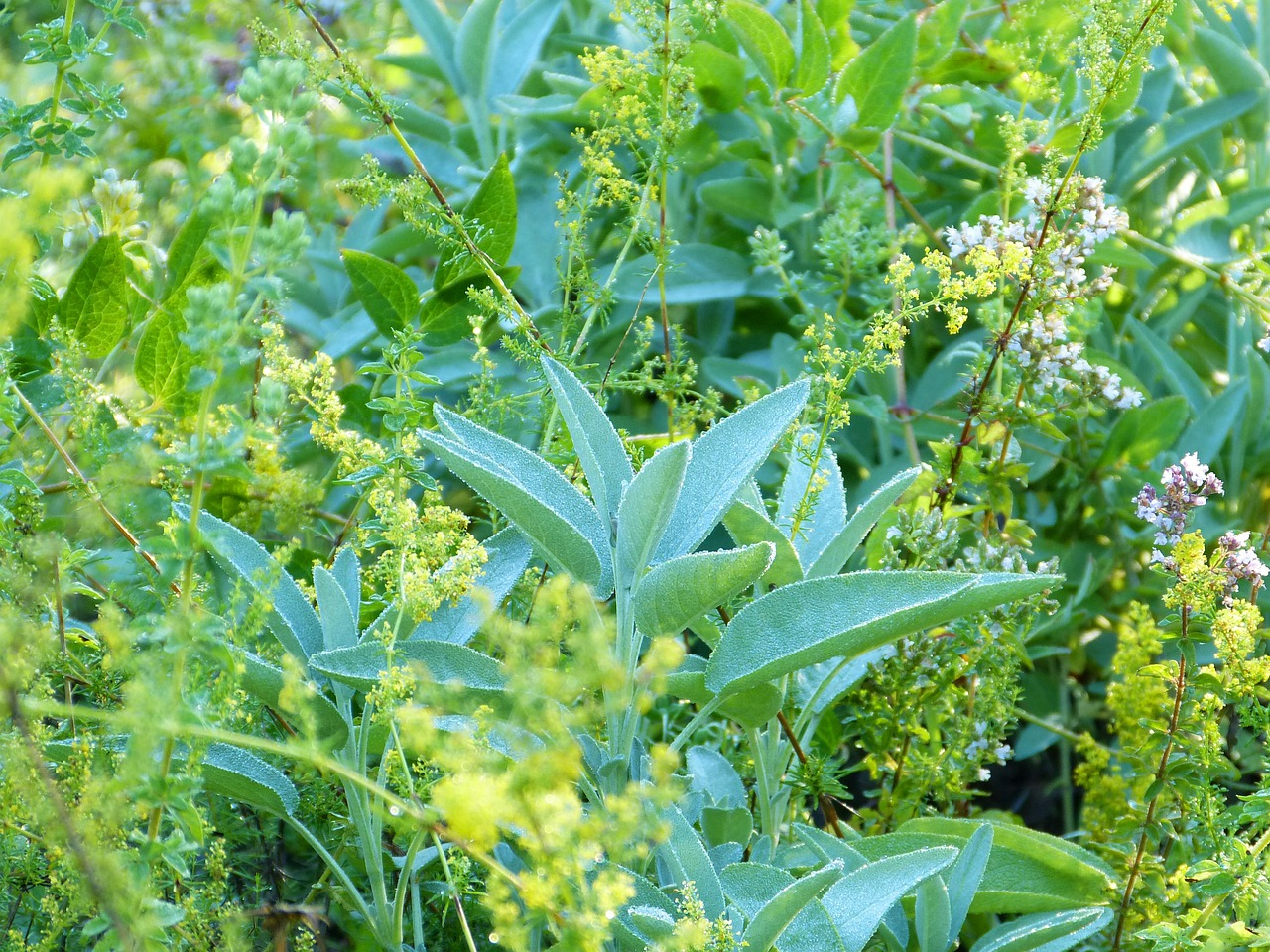
What Herbs Can Be Planted Together?
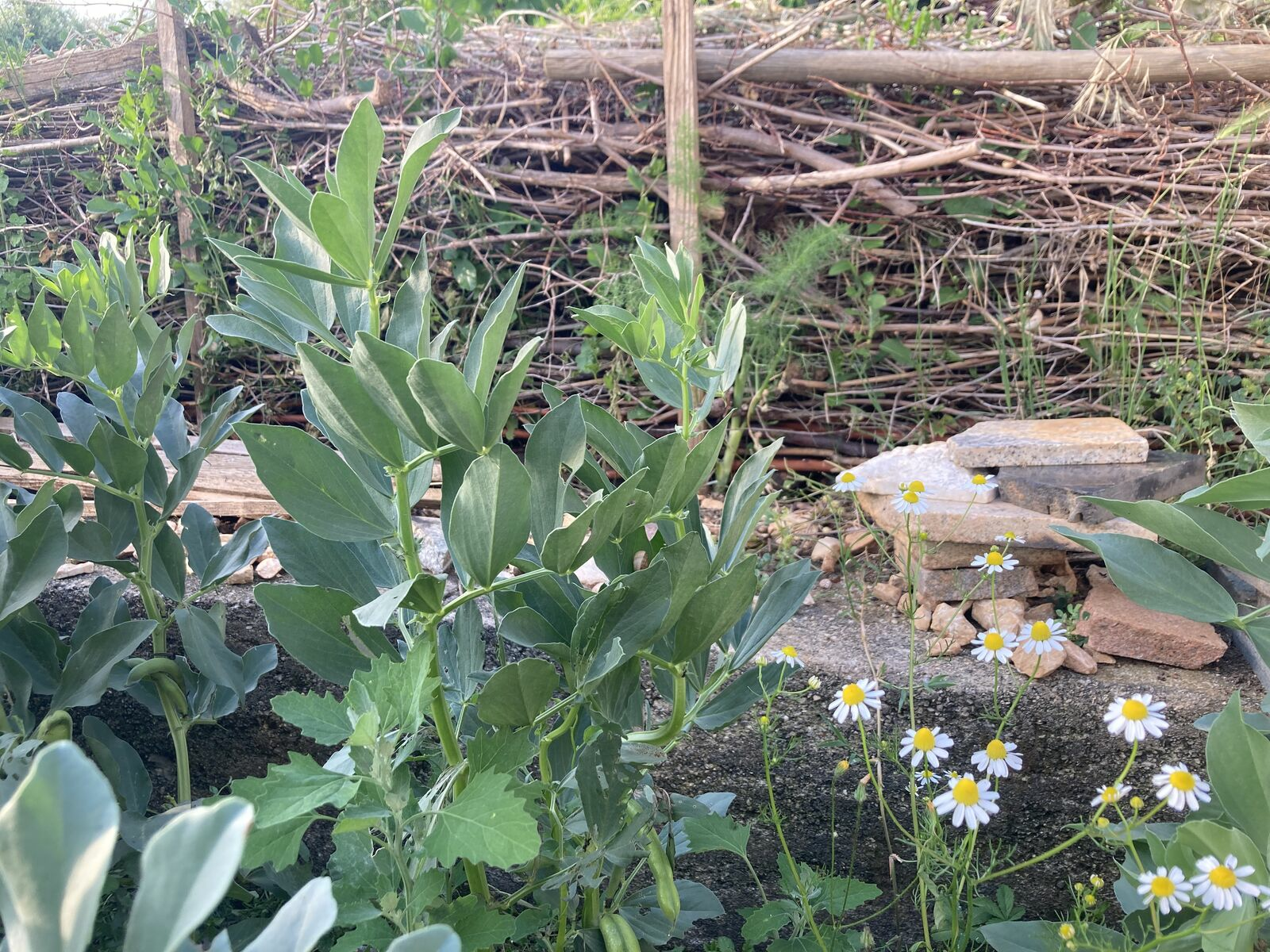
Create & Design a Permaculture Garden
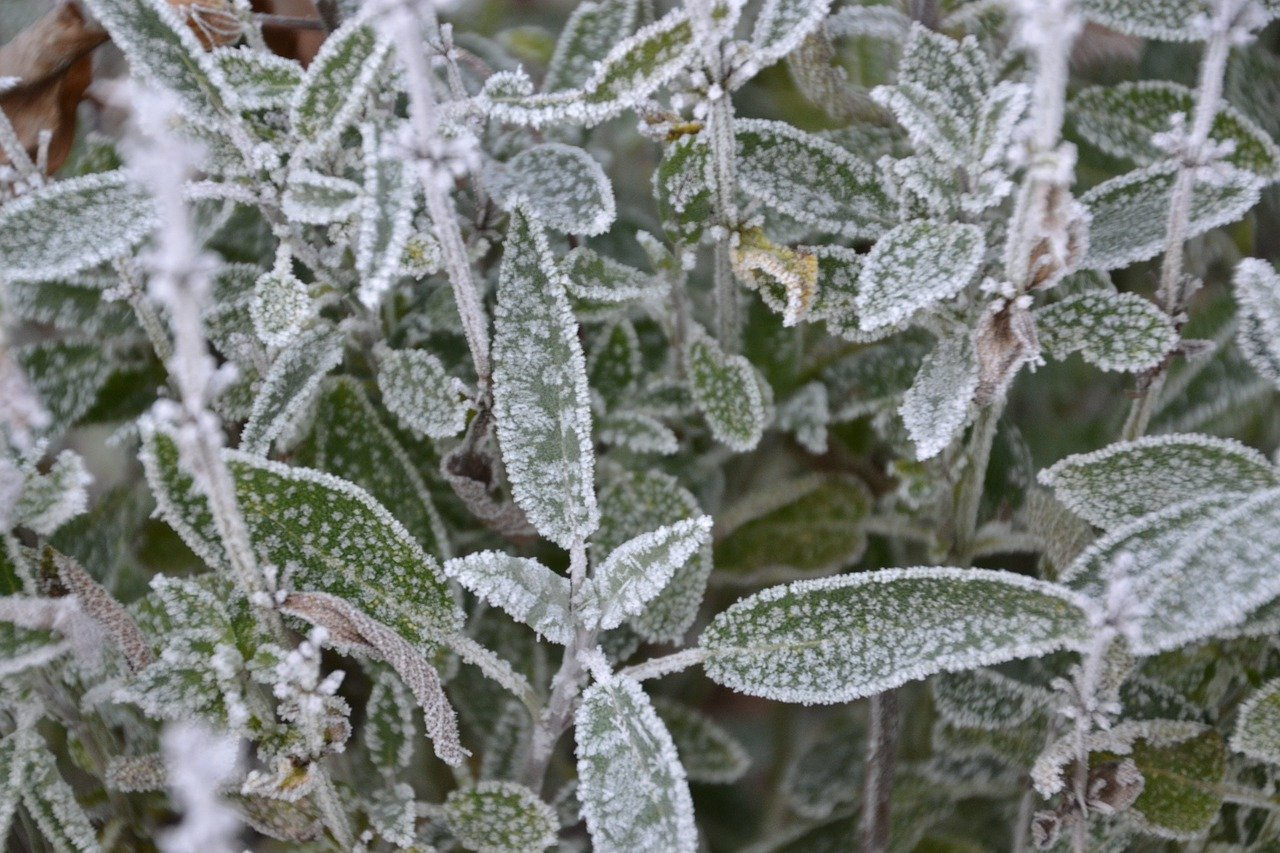
Overwintering Plants: Tubs, Pots and Raised Beds

Pruning, Fertilizing & Propagating Currants: Care Tips
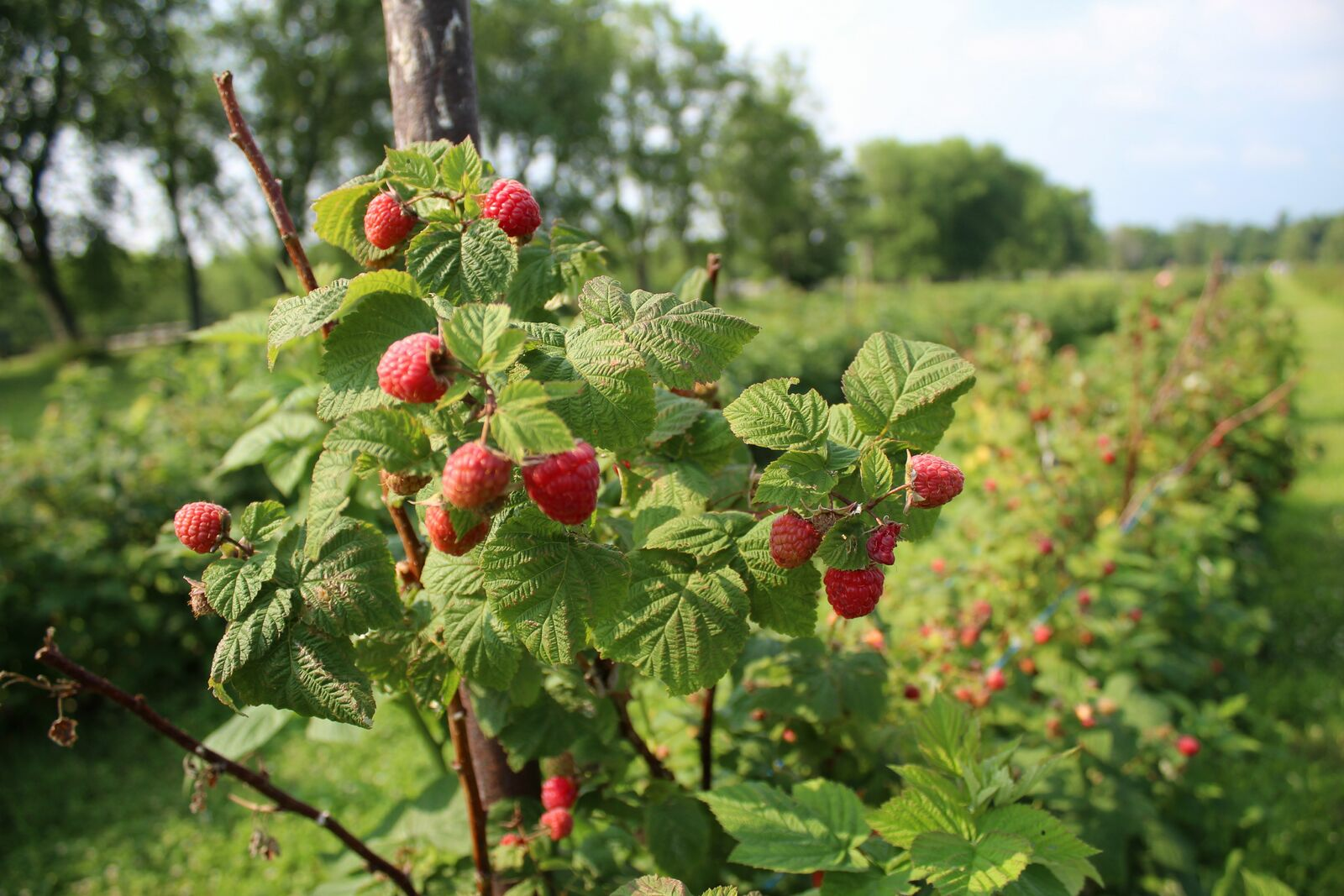
Pruning Raspberries: How to Do It
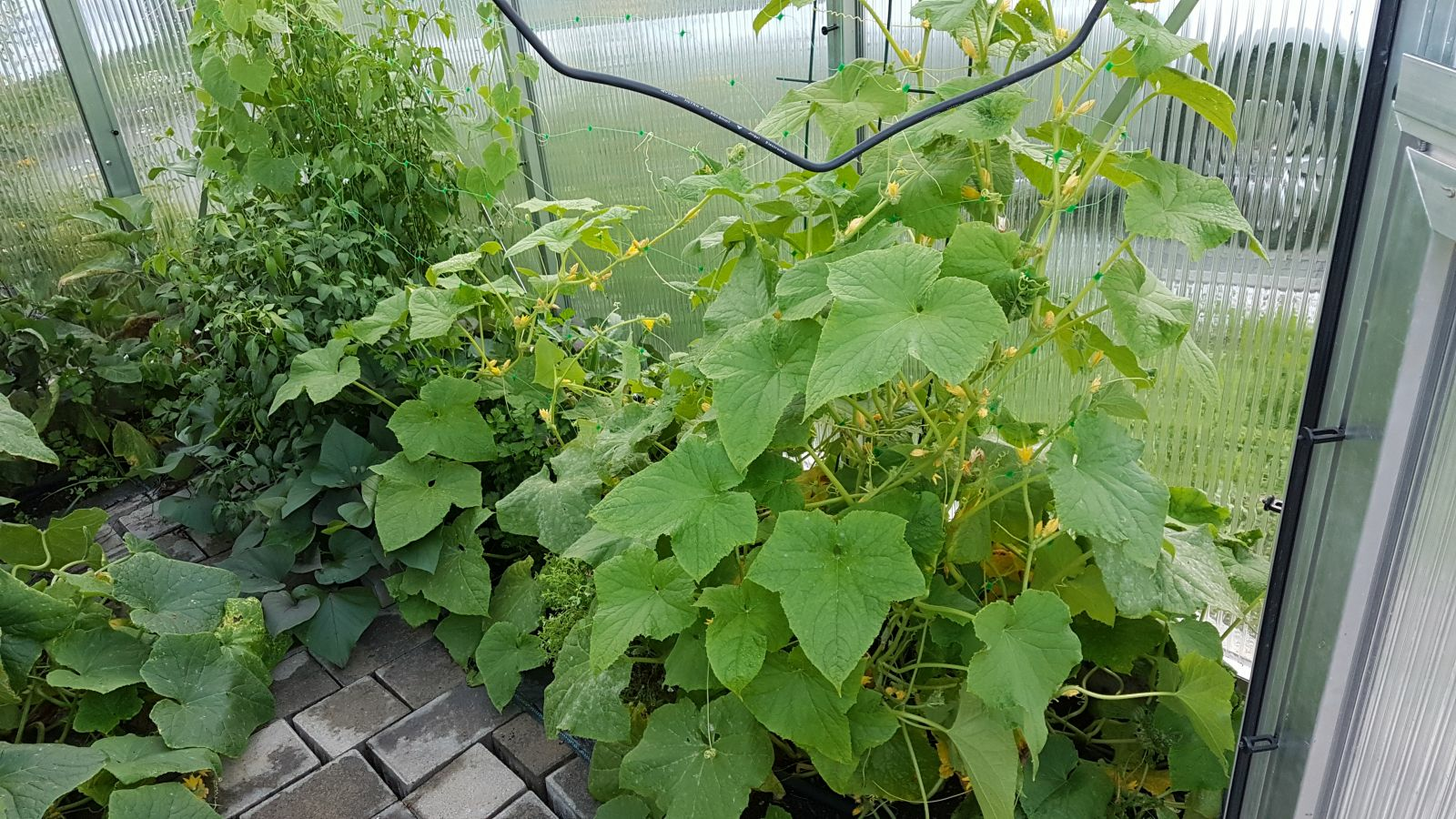
Vegetable Garden With Greenhouse: How to Use Greenhouse Effect
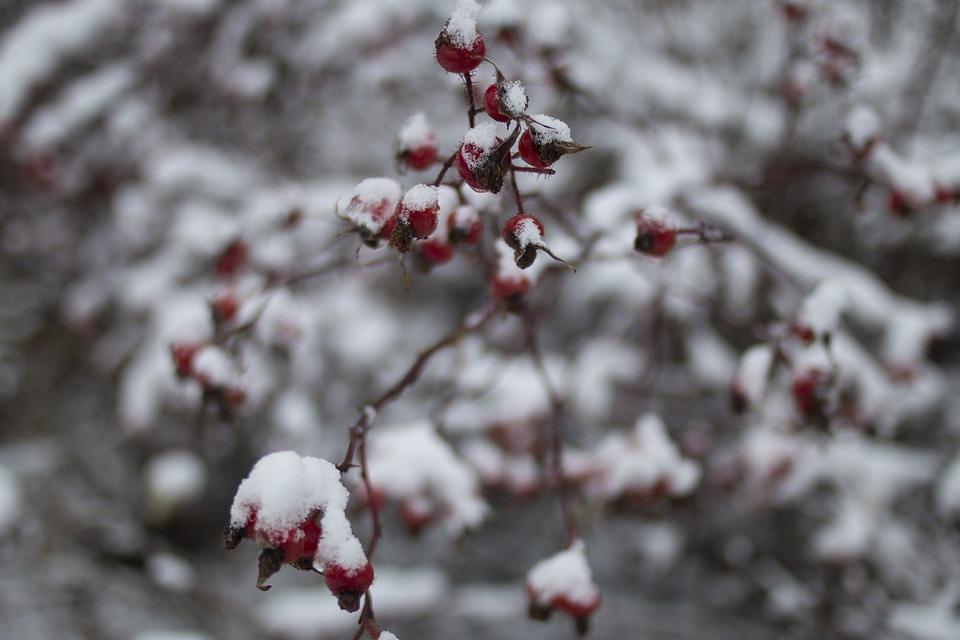
Winterizing Beds and the Garden: How to Do It
FAQ
How useful is the use of plastic in the garden?
Plastic is a widely used resource. In certain cases - such as upcycling existing materials - its use can make sense. Responsible handling is crucial.
Is it okay to simply cover the beds with plastic sheeting?
We do not recommend this. This is because such "solutions" are usually at the expense of the environment and are neither sustainable nor circular.
Is there hope for plastic-free alternatives?
Yes, intensive research is being carried out into biodegradable plastics. The first bioplastics are already available and promise future recycling solutions - but they are currently still too expensive for large-scale use.